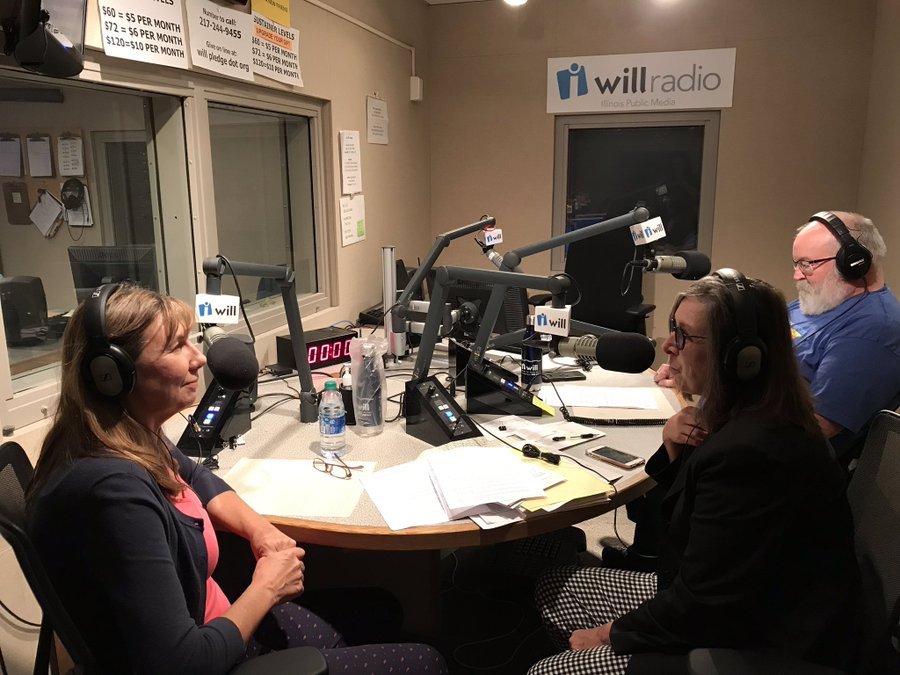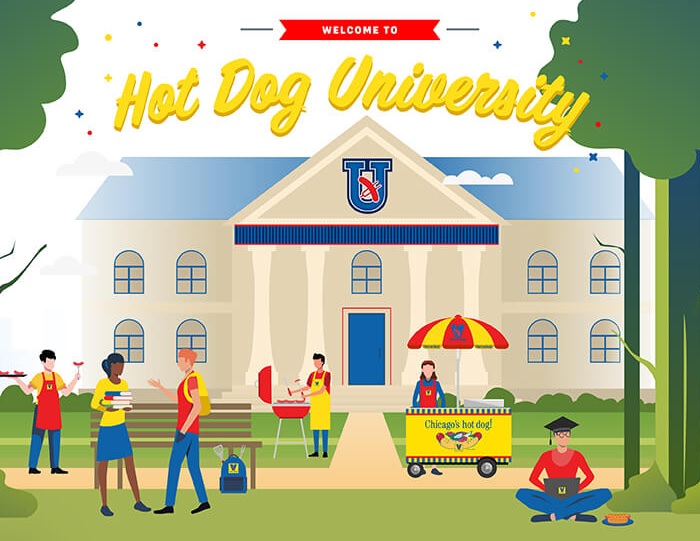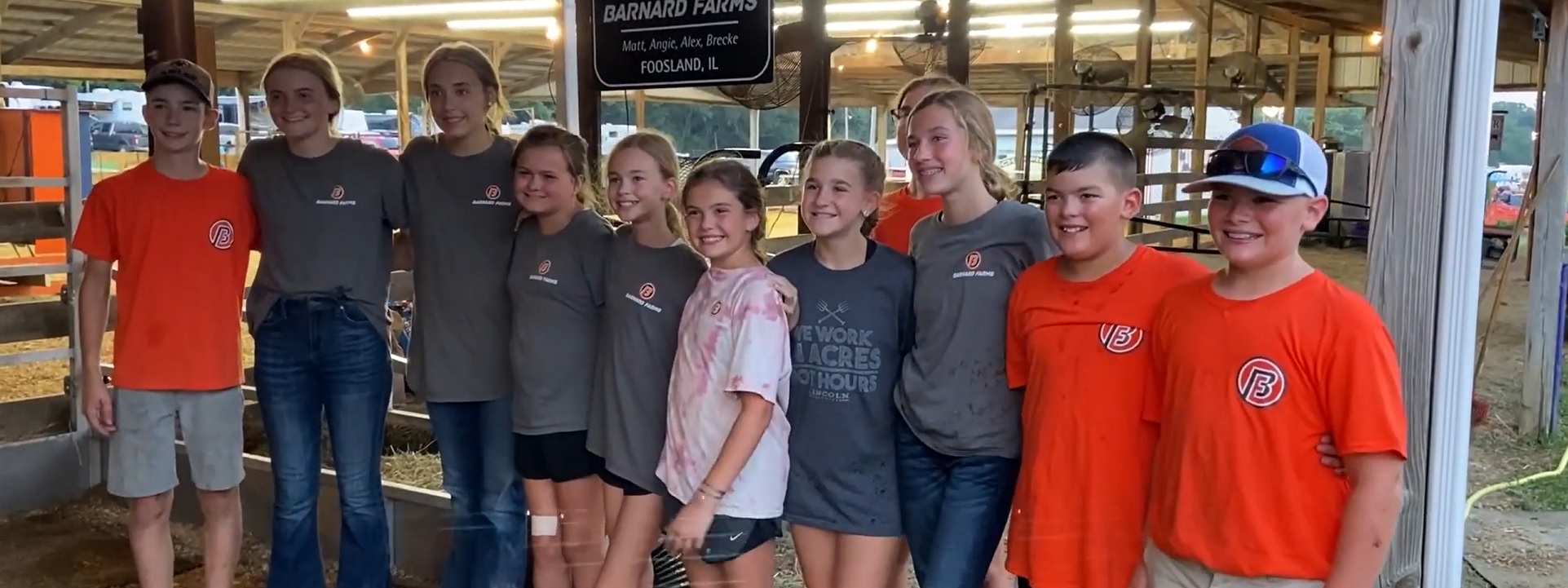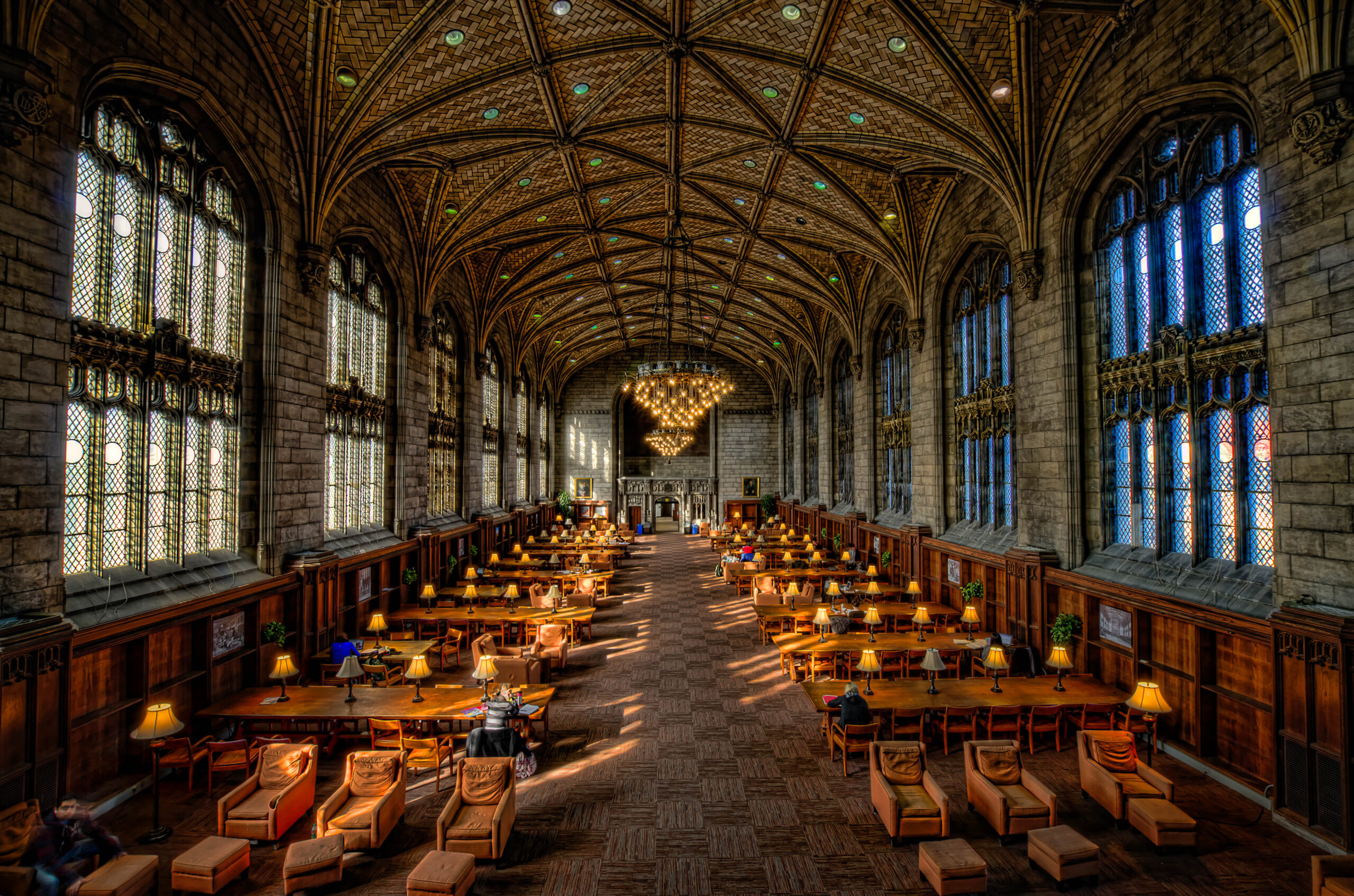Tag Archives: Illinois
- Home
- Posts tagged "Illinois" (Page 2)

Banana Pancakes with Apple Topping
Net Position 2024: + $73,198,080
Facilities & Services Capital Projects
🚧 SUMMER CONSTRUCTION 2025 🏗️
The article’s live, the construction’s underway, but we’re just getting started. Stay tuned… 👀
🔗 —> https://t.co/VSBnIaCPdn pic.twitter.com/jdvIQwv33s
— University of Illinois Facilities & Services (@UofIFS) June 24, 2025
Standards Illinois (Non-Chicago)
Planting corn, eating tater-tot casserole, having a family date night in a John Deere tractor. If I had a busch light, this post might just explode from too much midwest. pic.twitter.com/q9VipUEgv4
— Brian (@BrianSanden8) May 2, 2024
Strawberry Sipper Water
Strawberry sipper water is a flavored water beverage made by combining pureed strawberries with cold water, often enhanced with ice cubes for a refreshing taste. It’s typically prepared by blending fresh or thawed frozen strawberries into a puree, mixing it with water in a pitcher, and adding ice, sometimes with mint leaves frozen in the cubes for extra flavor.
Unlike infused water, where fruit sits in water for hours, strawberry sipper water is more akin to an agua fresca, blending fruit for immediate flavor and a vibrant pink color. It’s a hydrating, low-calorie drink popular for summer or as a soda alternative, often garnished with fresh strawberries or mint.
BrewBike
Northwestern University Financial Report 2024: $19.260B (Page 8)
Spoon University, a prominent online food publication for college students, was founded in 2012 by Northwestern University students Sarah Adler and Mackenzie Barth. As juniors living off-campus, they struggled to cook and navigate the food scene, noticing a lack of youth-focused culinary media. This inspired them to launch a blog combining journalism and food, initially for Northwestern students.
The platform quickly grew, engaging 100 students at Northwestern to create recipes, restaurant reviews, and food-related content. Its success led to expansion, with students from other universities requesting chapters. By 2014, Spoon University had spread to over 100 campuses globally, amassing thousands of contributors. Supported by the Techstars accelerator and later acquired by Scripps Networks Interactive in 2017 for approximately $10 million, Spoon University became a key voice in the food movement, empowering young creators
BrewBike Wants You to Buy Your Next Cup of Cold Brew From the Back of a Bike
Hot Dog University
The iconic American “street food” traces its origin to 19th century German immigrants who brought frankfurters from their homeland.
In the 1860s, the term “hot dog” emerged in reference to these sausages being sold in buns at street carts. The popularity of hot dogs soared during the late 19th and early 20th centuries particularly at baseball games where the hot dog is virtually synonymous.at the sport.
In many college towns push cart hot dog vendors may be welcomed and even embraced as part of the local food scene. They can add variety and convenience for students, faculty, and staff by offering affordable and quick meal options. These towns may have regulations and policies in place to support and accommodate such vendors.
The case against hot dogs as a food primarily revolves around health concerns and potential risks associated with their consumption. Some of the key arguments include:
Processed meat and additives: Hot dogs are often made from processed meats that can contain additives, preservatives, and high levels of sodium. These additives, such as nitrates and nitrites, have been linked to increased risks of certain health issues, including cancer and heart disease.
High in unhealthy fats: Hot dogs are typically high in saturated and trans fats, which can contribute to elevated cholesterol levels and increase the risk of cardiovascular diseases.
Potential for contamination: There have been instances of foodborne illnesses associated with hot dogs, such as outbreaks of bacterial contamination, including E. coli or Listeria monocytogenes. Improper handling, storage, or undercooking can increase the risk of such contamination.
Allergens and dietary restrictions: Hot dogs often contain common allergens like wheat, soy, and dairy. Additionally, they may not be suitable for individuals with dietary restrictions or preferences, such as vegetarians, vegans, or those following specific religious or cultural dietary guidelines.
Environmental impact: The production and consumption of hot dogs contribute to environmental concerns. The meat industry, including processed meat production, is associated with greenhouse gas emissions, land degradation, and water pollution.
These arguments against hot dogs do not necessarily apply to all hot dogs or to every individual. Moderation, choosing healthier options, and considering individual dietary needs and preferences can help mitigate some of the concerns associated with hot dog consumption.
Relevant codes, standards and regulations:
Food Safety and Inspection Service: Federal Meat Inspection Act
U.S. Department of Agriculture: Hot Dogs and Food Safety
Homemade Guacamole & Avocado Toast
University of Illinois System: Annual Report 2023 ($10.4B)
Collective flex. No explanation needed. pic.twitter.com/YVHleKLljy
— University of Illinois Facilities & Services (@UofIFS) June 12, 2025
Facilities & Services at the University of Illinois Urbana-Champaign
College by the Cup: Grounds of Being
Standards Illinois | Consolidated Financial Report 2024: $20.335B
Come spend this crisp autumn day in our basement—Grounds of Being is now open for Fall Term pic.twitter.com/r2lZaBIC4s
— Grounds of Being (@GroundsofBeing) September 27, 2022
“For decades, UChicago’s student-run coffee shops have given community members space to congregate (and caffeinate) on their own terms….We give pretty lenient sway to staff to play whatever music they want… Every once in a while you might hear some Gregorian chants.” — William Rhee, Parents Media Editor
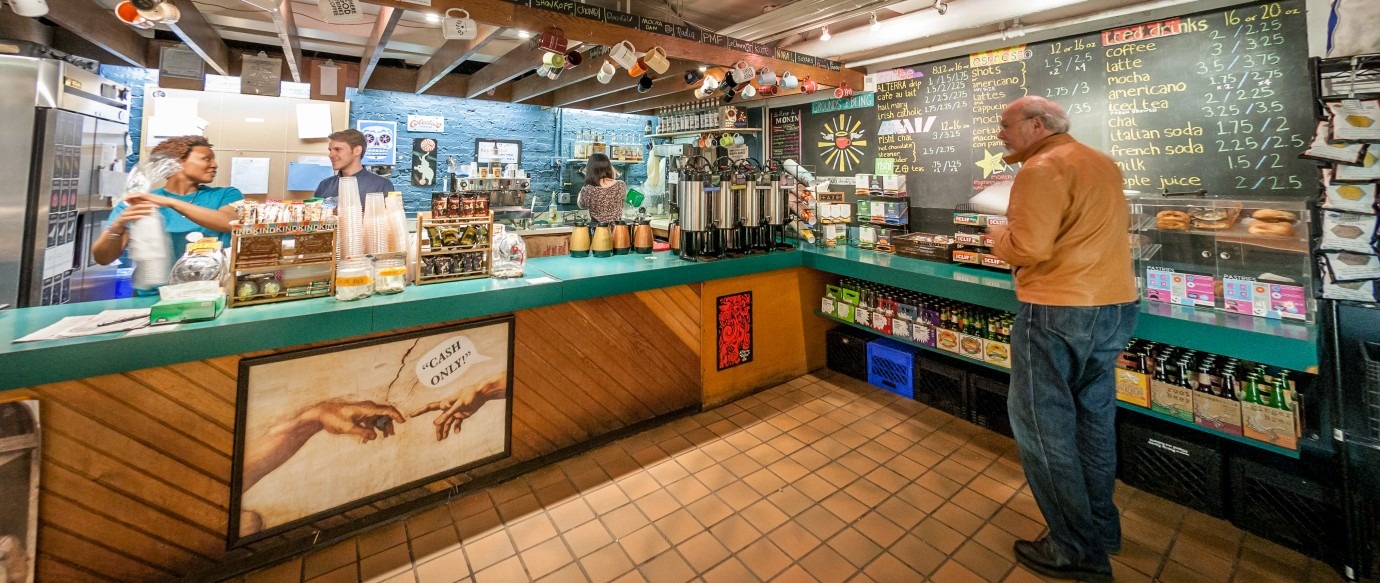
The Storied Past of Harper Memorial Library | ΒΙΒΛΙΟΘΗΚΕΣ
Urban Development of the University of Chicago | Facilities Services
We re-open TOMORROW for the start of the Winter Quarter, and will resume our normal business hours of M-F, 7:45 AM-4 PM. Come through to warm up with some @ColectivoCoffee coffee and tea! pic.twitter.com/1bMDKdeQDF
— Grounds of Being (@GroundsofBeing) January 3, 2018
Create a Winter Bird Haven
Blue birds huddling together for warmth
pic.twitter.com/t0SEG4CZhs— Science girl (@gunsnrosesgirl3) December 27, 2024
Also from the University of Illinois:
Why so much slip and fall attorney advertisements after SCOTUS Bates v. State Bar of Arizona (1977)
New update alert! The 2022 update to the Trademark Assignment Dataset is now available online. Find 1.29 million trademark assignments, involving 2.28 million unique trademark properties issued by the USPTO between March 1952 and January 2023: https://t.co/njrDAbSpwB pic.twitter.com/GkAXrHoQ9T
— USPTO (@uspto) July 13, 2023
Standards Michigan Group, LLC
2723 South State Street | Suite 150
Ann Arbor, MI 48104 USA
888-746-3670





